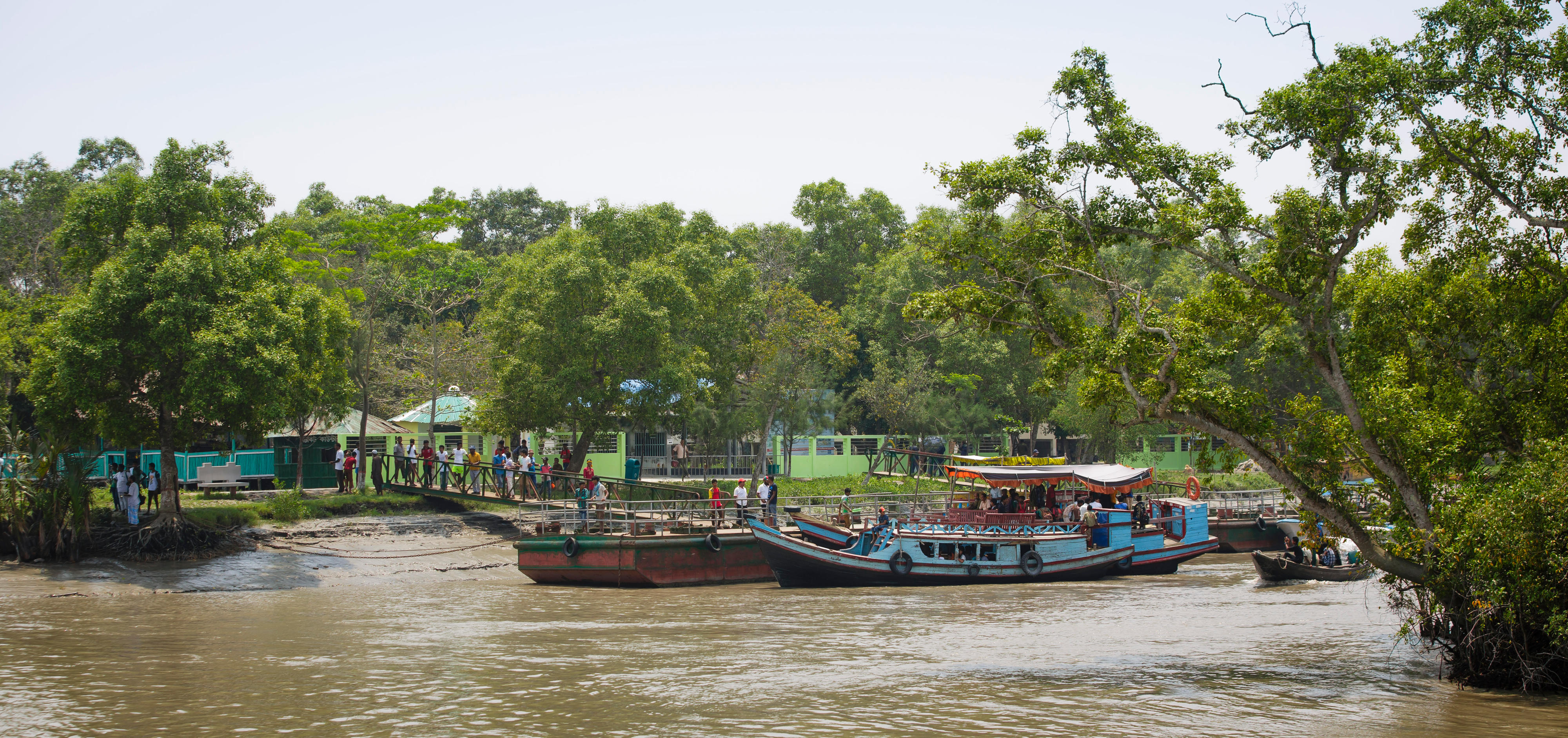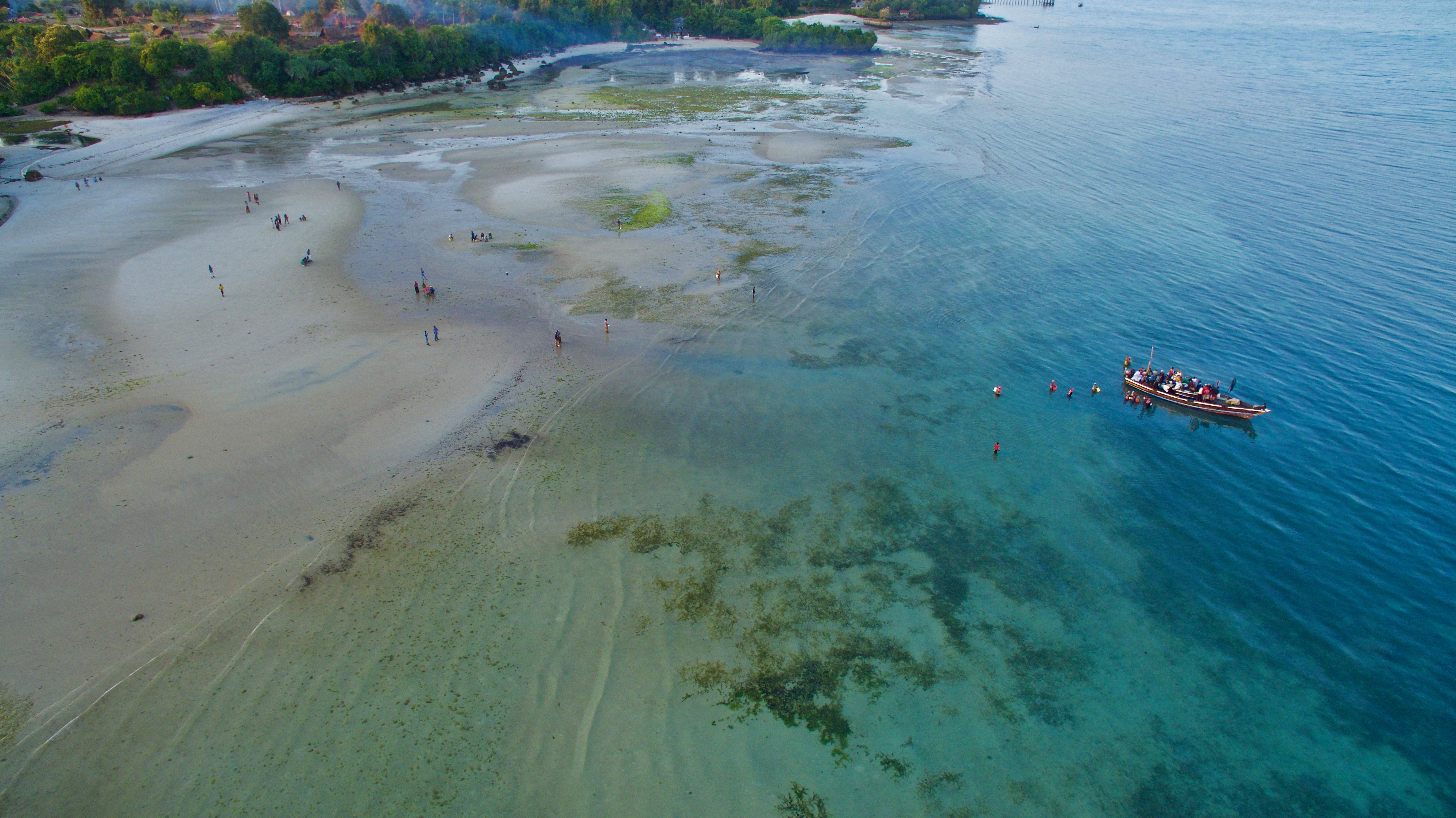Ship mooring in the Sundarbans, the largest mangrove forests on earth in Bangladesh
Copyright© Thomas Trutschel/photothek.net
Core area “Conserving nature and natural resources, protecting life on Earth” Protecting mangrove forests and maritime habitats
The rise in sea levels and the increasing salination of soils as a result are harming the fragile ecosystem of the mangrove forests, thereby jeopardising people’s livelihoods. These forests form a natural protection against natural disasters, serve as the breeding ground for many marine species and provide a habitat for threatened animals and plants.
Germany is supporting Bangladesh authorities in their efforts to conserve the mangrove forests and the offshore marine protected area Swatch of No Ground. The local population is being involved in the activities. Support is being provided to facilitate coordination between the authorities and exchange among the different stakeholder groups that use the mangrove forests.
In addition, digital technologies are being used to support joint planning for corridors that link the protected areas, and to monitor and restore intensively used habitats.
The focus is on selected ecosystems (Nijhum Dwip, St. Martin’s Island, Ratagul) that contribute not only to protecting biodiversity but also to increasing resilience against climate change; this requires the different stakeholders to cooperate closely.
As at: 15/01/2024

